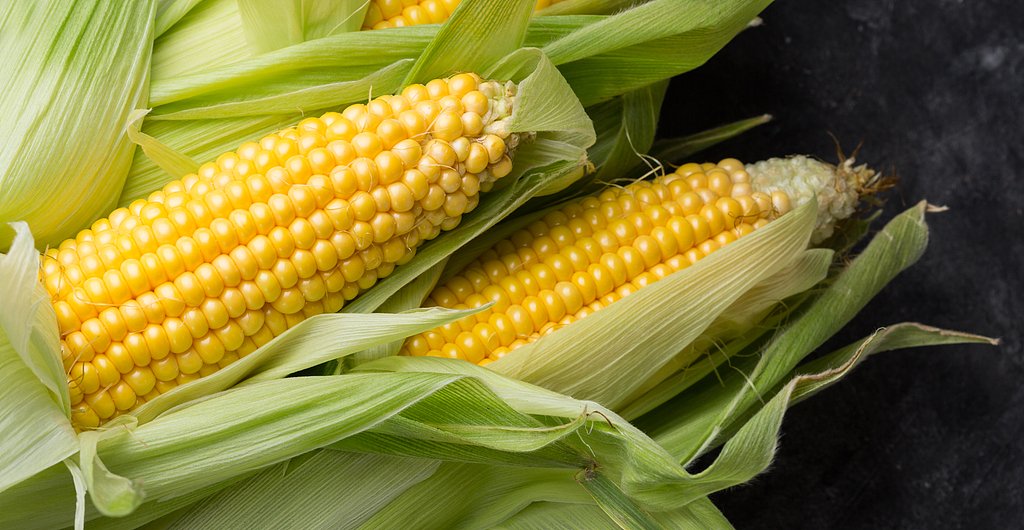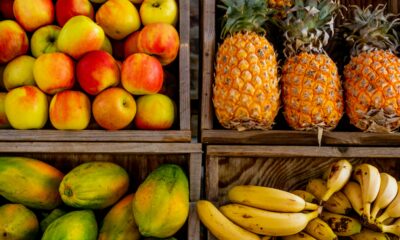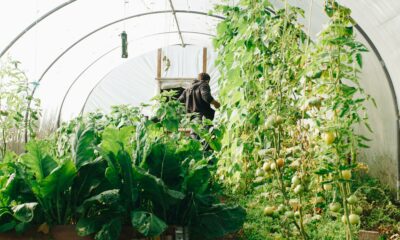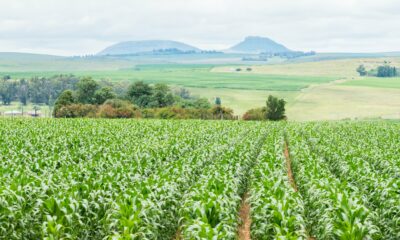Business
South Africa’s Maize Harvest Bounces Back: 2025 Crop Forecast Surpasses Expectations

Maize Surplus on the Horizon
After a challenging drought in 2024, South African farmers have something to celebrate. The Crop Estimates Committee (CEC) has raised its eighth forecast for the 2024/25 summer grain season, now expecting 16.178 million tons of maize, up 26% from last year’s crop.
This recovery is significant not just in numbers, but for food security and the national economy. South Africa’s annual maize requirement sits at roughly 12 million tons, meaning the country is set to have a surplus, keeping it firmly in the net-exporter column.
White vs. Yellow Maize: A Balanced Recovery
The forecast shows white maize at 8.328 million tons, a 3% increase, while yellow maize is at 7.851 million tons, up nearly 2%. Most of this output is expected from Free State, Mpumalanga, and North West, which together contribute 82% of the national crop.
Other summer crops also benefited:
-
Sorghum: 144,665 tons (+4.85%)
-
Dry beans: 90,556 tons (+4.8%)
These small but meaningful gains show that the positive momentum isn’t limited to maize alone.
Why the Harvest Rebounded
According to Wandile Sihlobo, chief economist at Agbiz, the recovery is the result of a combination of favourable summer rains, adequate planting areas, and the base effect of last year’s drought.
“This ample crop will likely continue to put downward pressure on prices, which bodes well for moderating consumer food inflation,” Sihlobo said.
Social media chatter among farmers and agri-analysts has been upbeat, with many noting that after last year’s hardships, this crop feels like a much-needed morale boost.
Implications for Farmers and Consumers
Francois Rossouw, CEO of Southern African Agri Initiative (Saai), highlighted that a bumper harvest doesn’t automatically translate into higher profits. Logistics, market access, and policy stability remain critical for family farmers.
“While this crop strengthens food security and export potential, steady infrastructure and access to markets are essential for producers to benefit fully,” Rossouw said.
Consumers, meanwhile, may feel relief at the supermarket. Lower maize prices could soften the cost of staples like mealie meal and animal feed, helping curb inflationary pressures on households.
A Resilient Sector
Despite erratic weather and rising input costs, South African farmers have demonstrated resilience and adaptability. A 28% year-on-year increase is not just a numerical recovery, it’s a testament to the sector’s ability to bounce back from adversity.
Sihlobo concluded:
“South Africa now has an ample supply of summer grains and oilseeds. The benefits of this harvest will be felt by farmers, traders, and consumers alike.”
As 2025 unfolds, the challenge will be getting this maize from farms to markets efficiently, ensuring that the hard work of farmers translates into real value for the nation.
{Source: IOL}
Follow Joburg ETC on Facebook, Twitter , TikTok and Instagram
For more News in Johannesburg, visit joburgetc.com



























